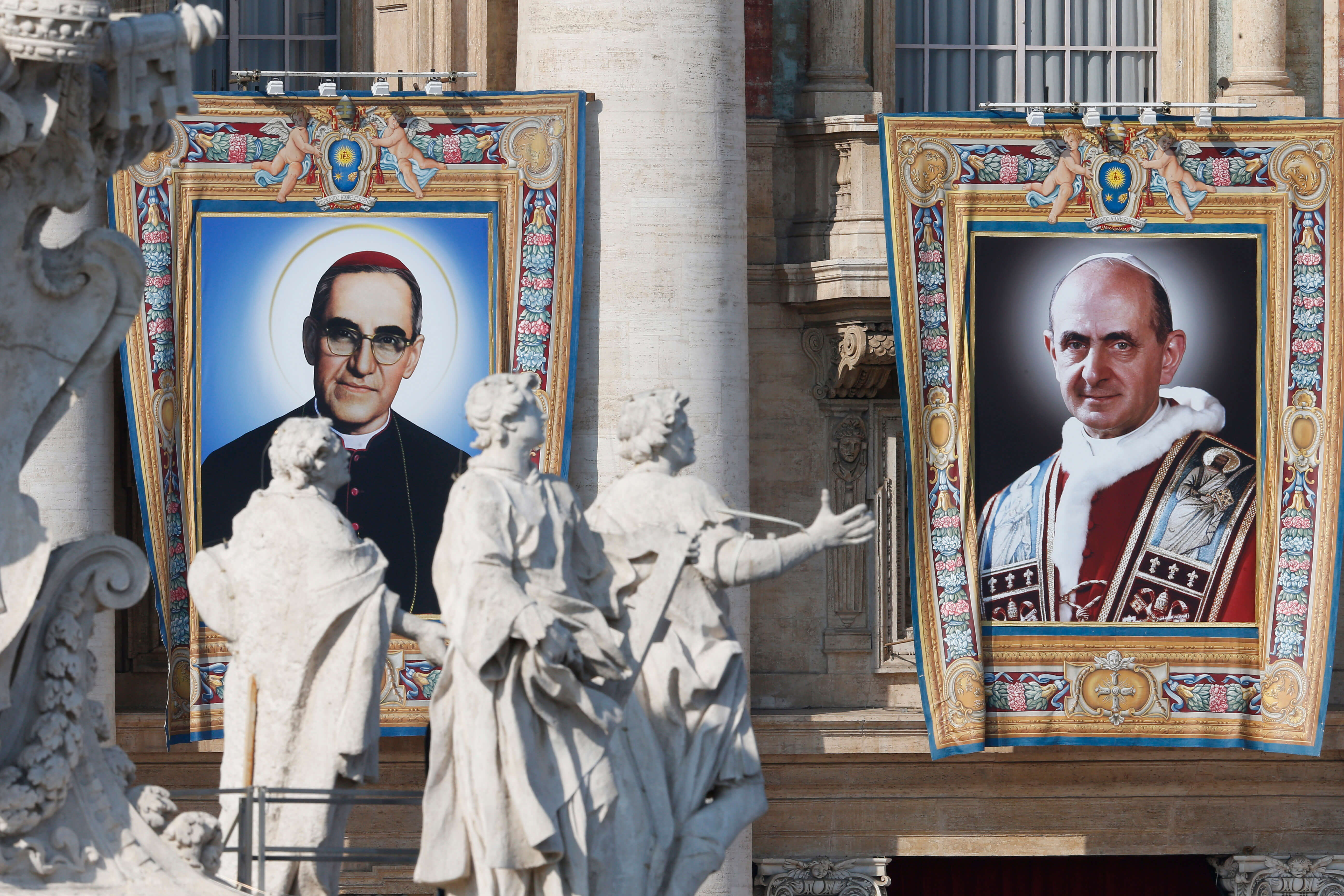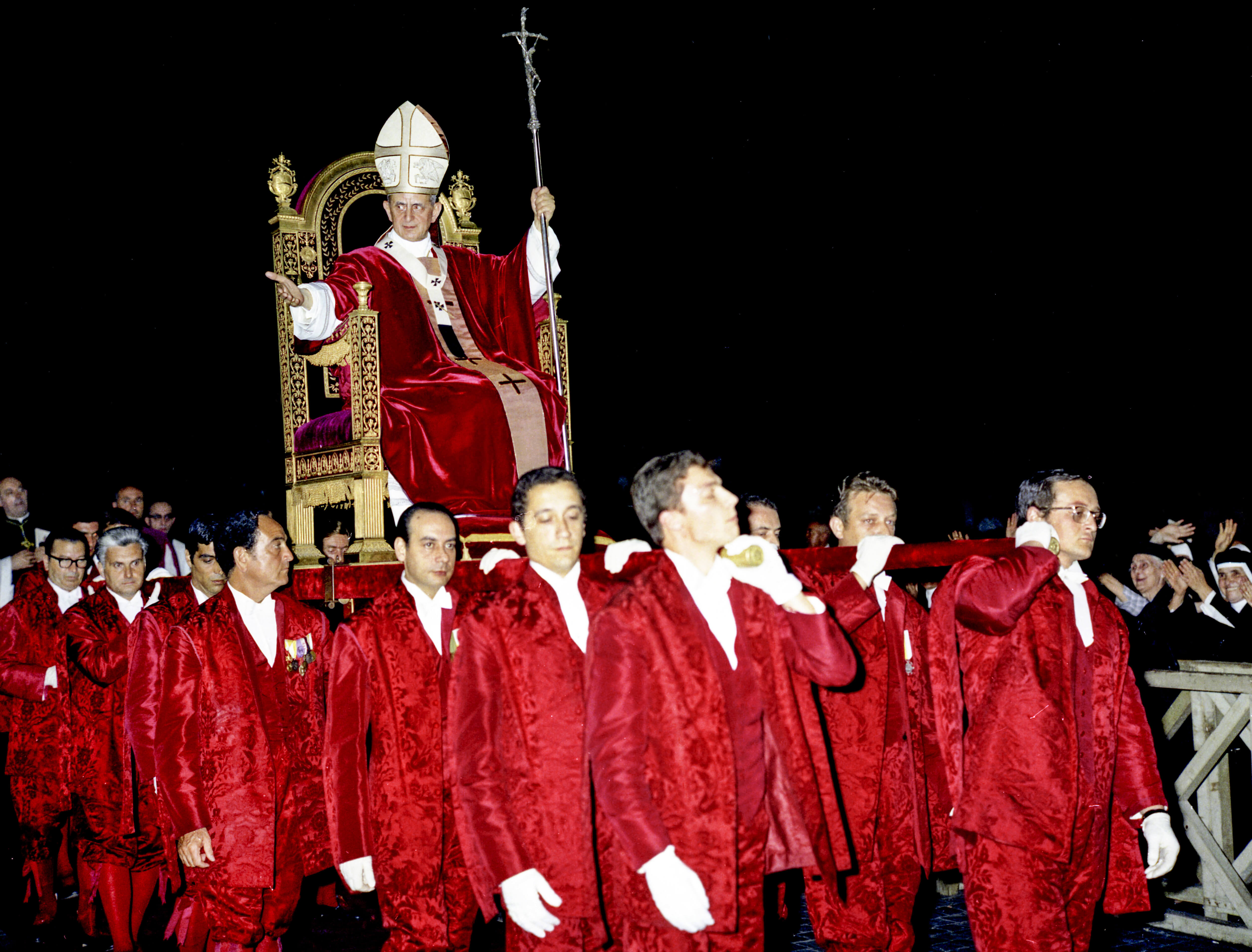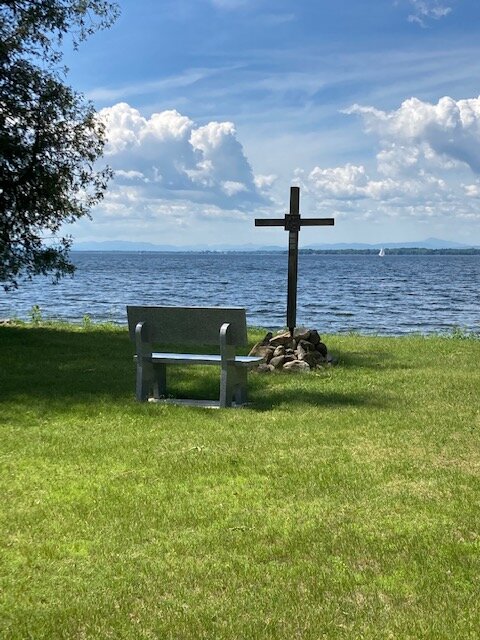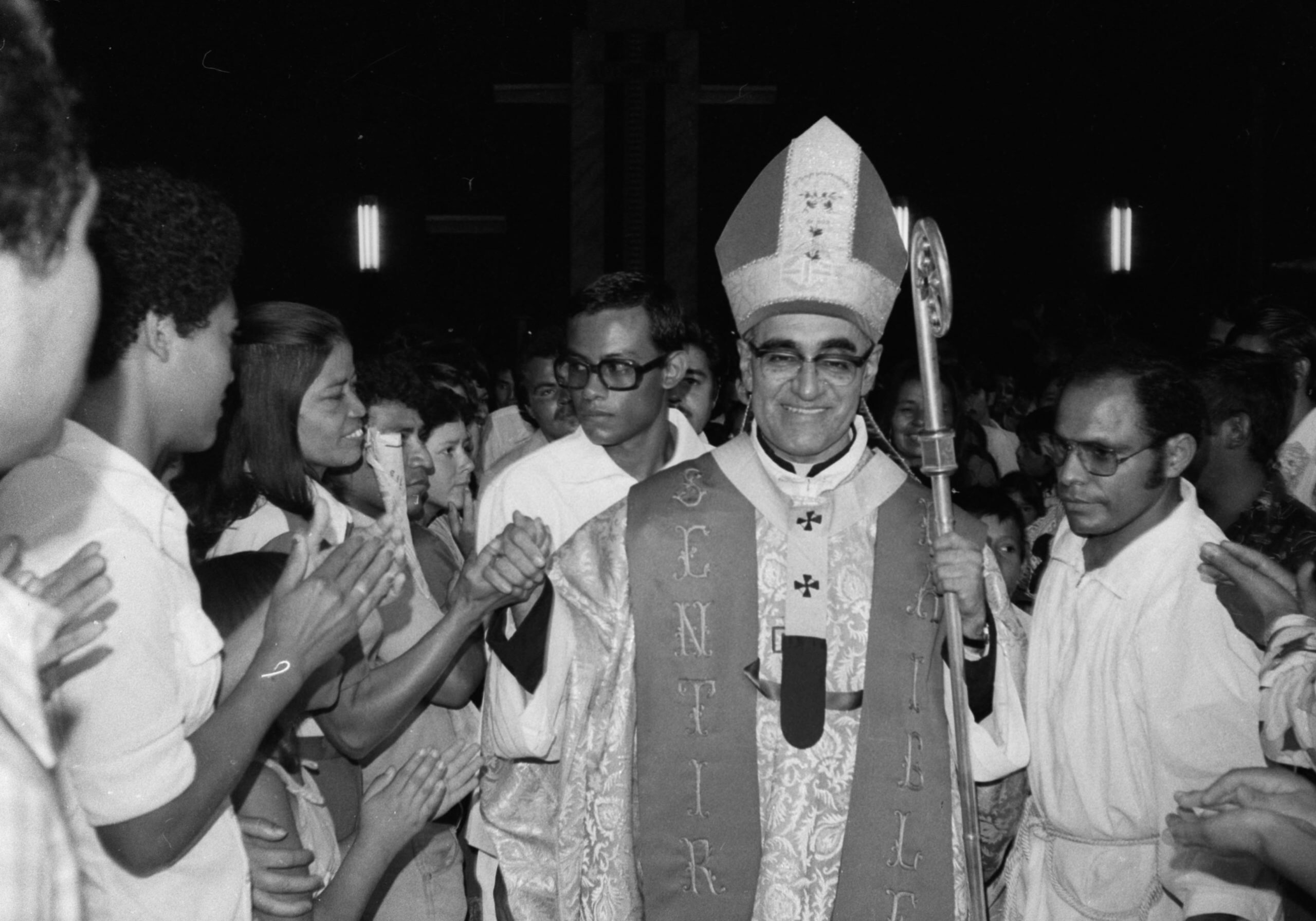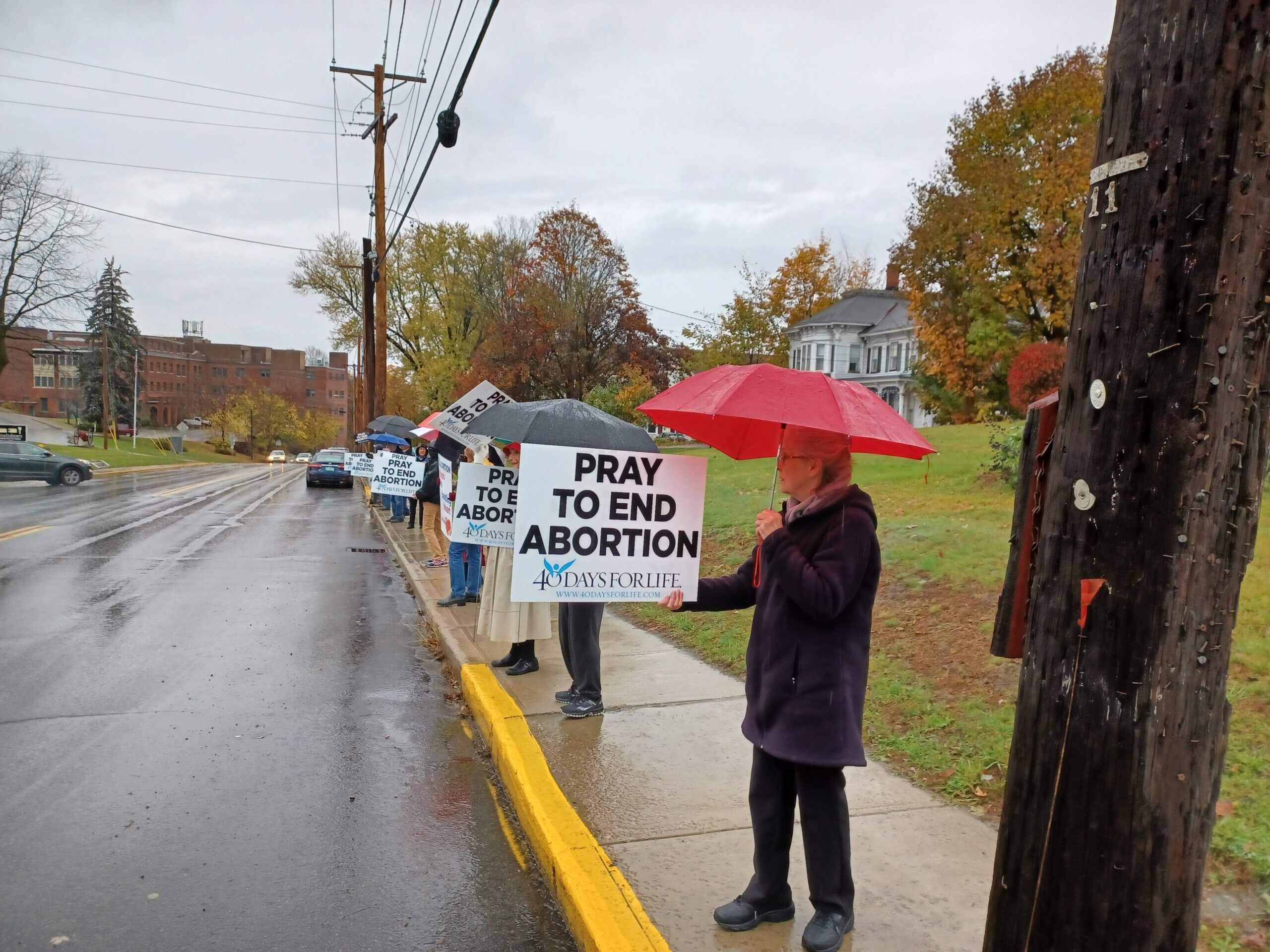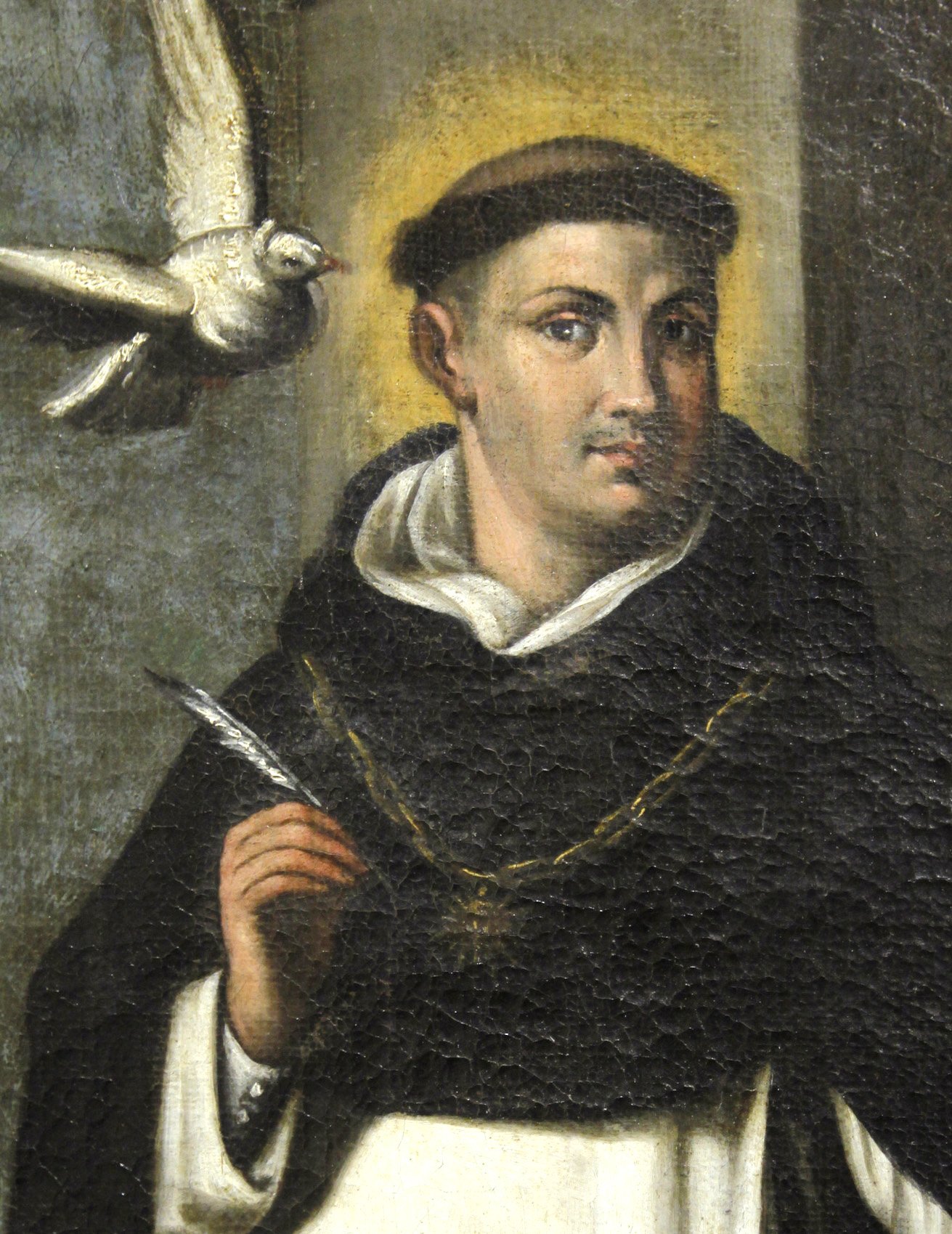
“He was the world’s flower and glory, and has rendered superfluous the writings of doctors (of theology) who shall come after him.” St. Albert the Great is said to have exclaimed these words upon the news of the death of St. Thomas Aquinas, his former student, in 1274 at age 48.
July 18 marks the 700th anniversary of St. Thomas’ canonization, and expert Thomists — those who study and teach St. Thomas’ work in philosophy and theology — say the Dominican priest who dedicated his life to writing and teaching has had an unparalleled influence on Catholic thought.
St. Thomas is best known for his “Summa Theologiae,” a summary of theology that covers God, creation, humanity, man’s purpose, Christ and the sacraments. He also wrote many other works addressing disputed questions and on the nature of particular things, as well as philosophical and Biblical commentaries. He also crafted several hymns, especially on the mystery of the Eucharist, including “Tantum Ergo Sacramentum” and “Godhead Here in Hiding.”
“He still is an incredibly rich resource for the thinking of the church, both philosophically and theologically, and spiritually,” said Dominican Father Brian Shanley, president of St. John’s University in New York and an Aquinas scholar, noting that St. Thomas and St. Augustine stand out as “the two giants in the Catholic tradition.”
“I think a lot of people still think Aquinas has the final answer, if you will, and even if you don’t think he does, you have to know him to be conversant with Catholic thought,” Father Shanley said.
St. Thomas was born in 1225 near Aquino, Italy, into a noble family who expected him to gain power as a Benedictine abbot like his uncle. However, after receiving an impressive education at the nearby Benedictine abbey and the University of Naples, at age 19 he joined the Dominicans, then a relatively new mendicant order, embracing poverty and itinerant preaching. His appalled family members arranged for him to be kidnapped and locked in their castle in Roccasecca, but he would not recant. Infamously, his desperate brothers hired a prostitute to seduce him, and he chased her away with a firebrand.
Eventually his parents relented, and he went first to Paris and then to Cologne, Germany, to study under St. Albert, a fellow Dominican and renowned and wide-ranging philosopher who was working to relate Arabic and ancient Greek philosophy to Catholic thought. In 1252, with the recommendation of this mentor — whom, Father Shanley said, had recognized his student’s remarkable intellectual gifts and that he would surpass him — St. Thomas returned to Paris to study theology.
St. Thomas earned a doctorate at the University of Paris, where he also taught until 1259, when he returned to Italy to teach in Dominican houses of study in Anagni, Orvieto, Rome and Viterbo. He returned to Paris in 1268, where he worked on the “Summa Theologiae” and wrote commentaries on Aristotle’s major works. Four years later, he went to Naples, where around December 1273, he famously stopped writing after a vision during Mass, leaving his “Summa” incomplete. A few months later, in March 1274, he died at the Cistercian Abbey of Fossanova, en route to the Second Council of Lyon.
John Boyle, professor of Catholic Studies at the University of St. Thomas in St. Paul, Minnesota, and author of the recently published “Aquinas on Scripture: A Primer,” said St. Thomas’ work stands out for its “stunning clarity” and breadth. Others before him, including St. Augustine, had endeavored to explore creation’s order and relationship to God, but scholars of the High Middle Ages were unique in the discipline they applied to their pursuit, Boyle said.
At the same time, they were “bombarded with new knowledge that could have just intellectually … overwhelmed the culture,” Boyle said, as newly translated work from the Greek church fathers, as well as Judaic, Arabic and classical pagan sources, flooded the West, and intellectuals scrambled to make sense of it.
St. Thomas is especially known for bringing the works of Aristotle (384–322 B.C.) into dialogue with the Christian tradition, a key component of his enduring contribution to Catholic thought, said Dominican Father Romanus Cessario, a theology professor at Ave Maria University in Florida and member of the Pontifical Academy of St. Thomas Aquinas, an institute the Holy See founded to study its namesake.
“Unlike any of the theologians that preceded him in the early Middle Ages, and surely in the patristic period, (St. Thomas) found a way of uniting faith and reason that was unique, and which can be explained fundamentally by his option for Aristotle over Plato and Platonic writers, including St. Augustine, who have a conception of the Christian life that makes it difficult to express the full implications of the Incarnation,” he said.
Plato didn’t appreciate the material world as Aristotle did, Father Cessario explained. Even without the benefit of modern science, he said, Aristotle “extracted from his observations (of the natural world) principles that are sound” for philosophical and theological thinking.
St. Thomas developed Aristotle’s principles and distinctions to articulate an understanding of God, humanity and the world.
“The reason he (St. Thomas) is so important to the church is that he saw how everything from God to dirt is ordered and related in significant and intelligible ways,” Boyle said. “It starts with God. You get the first cause right, you start to see how everything else stands in an ordered and intelligible way, and then you can order your own thinking, your own understanding, in accord with reality; because you can judge what this is, how it stands in relation to other things, and then order your own knowledge.”
While some might make the mistake of reducing St. Thomas to “a brain on a stick,” Boyle said, the priest was also profoundly holy, hence his canonization 49 years after his death.
“He would have been a genius in any culture, anywhere. (He’s) one of the great geniuses of human history, period. That doesn’t make you a saint,” Boyle said. “All that genius is put to the service of the church to test the vehicle of truth. There’s this incredible unity of life — intellectual life, spiritual life, sacramental life. He thinks about them all. He lives them all.”
Sister Elinor Gardner, a member of the Dominican Sisters of St. Cecilia who teaches philosophy at the University of Dallas, said she first encountered St. Thomas through his writings as an undergraduate philosophy student, but it wasn’t until she became a Dominican that she fully appreciated him as a “spiritual guide.”
“We do think of him as identical with his writings, with his thought, but he is first and foremost a holy man, a man of God,” she said. “In his own life, he first prayed and studied the Scriptures, meditated on the Scriptures, before teaching. That in and of itself is an important reminder for me as a Dominican, and for all who want to teach the faith, that we need to first live it.”
Sister Gardner pointed to a famous vision St. Thomas had of Christ speaking to him from a crucifix, saying, “‘You’ve written well of me, Thomas; what would you have as your reward?’ He replied, ‘Only yourself, Lord.'”
“That really sums up his whole life,” she said.
St. Thomas’ clarity makes him both accessible to students and contemporary thinkers wrestling with emerging questions posed by new developments in knowledge and technology, she said.
In 1567, Pope Pius V proclaimed St. Thomas a doctor of the universal church, signifying the importance of his writings to advancing the cause of Christ. In 1879, Pope Leo XIII issued “Aeterni Patris,” which included accolades for St. Thomas’ thought and contributions and, the following year, the pope declared him the worldwide patron of all Catholic universities, colleges and schools.
In his 1998 encyclical “Fides et Ratio” (“Faith and Reason”), St. John Paul II likewise held the “Angelic Doctor” aloft, calling St. Thomas “a master of thought and a model of the right way to do theology,” and applauded the way he reconciled “the secularity of the world and the radicality of the Gospel, thus avoiding the unnatural tendency to negate the world and its values while at the same time keeping faith with the supreme and inexorable demands of the supernatural order.”
On June 6, Pope Francis appointed Cardinal Marcello Semeraro, prefect of the Dicastery for the Causes of Saints, as his special papal envoy to the Abbey of Fossanova, Italy, for the official celebration of the 700th anniversary of St. Thomas’ canonization. In the appointment letter, published July 11, the pope wrote that St. Thomas “shone with right intelligence and clearness, and while he reverently investigated the divine mysteries with reason, he contemplated them with fervent faith.”
Despite his incredible intellect and contribution to theology and philosophy, St. Thomas was also deeply humble. After his vision that compelled him to cease writing near the end of his life, the saint reportedly said, “All that I have written seems to me like straw compared with what has now been revealed to me.”
“We don’t know what he saw,” Boyle said, noting that he is grateful the church has St. Thomas’ profound “straw.” “My personal view is that he saw the beatific vision. … What he yearned for, what his entire life was ordered to, I think the Lord gave him a taste of it.”
—Maria Wiering, OSV News

